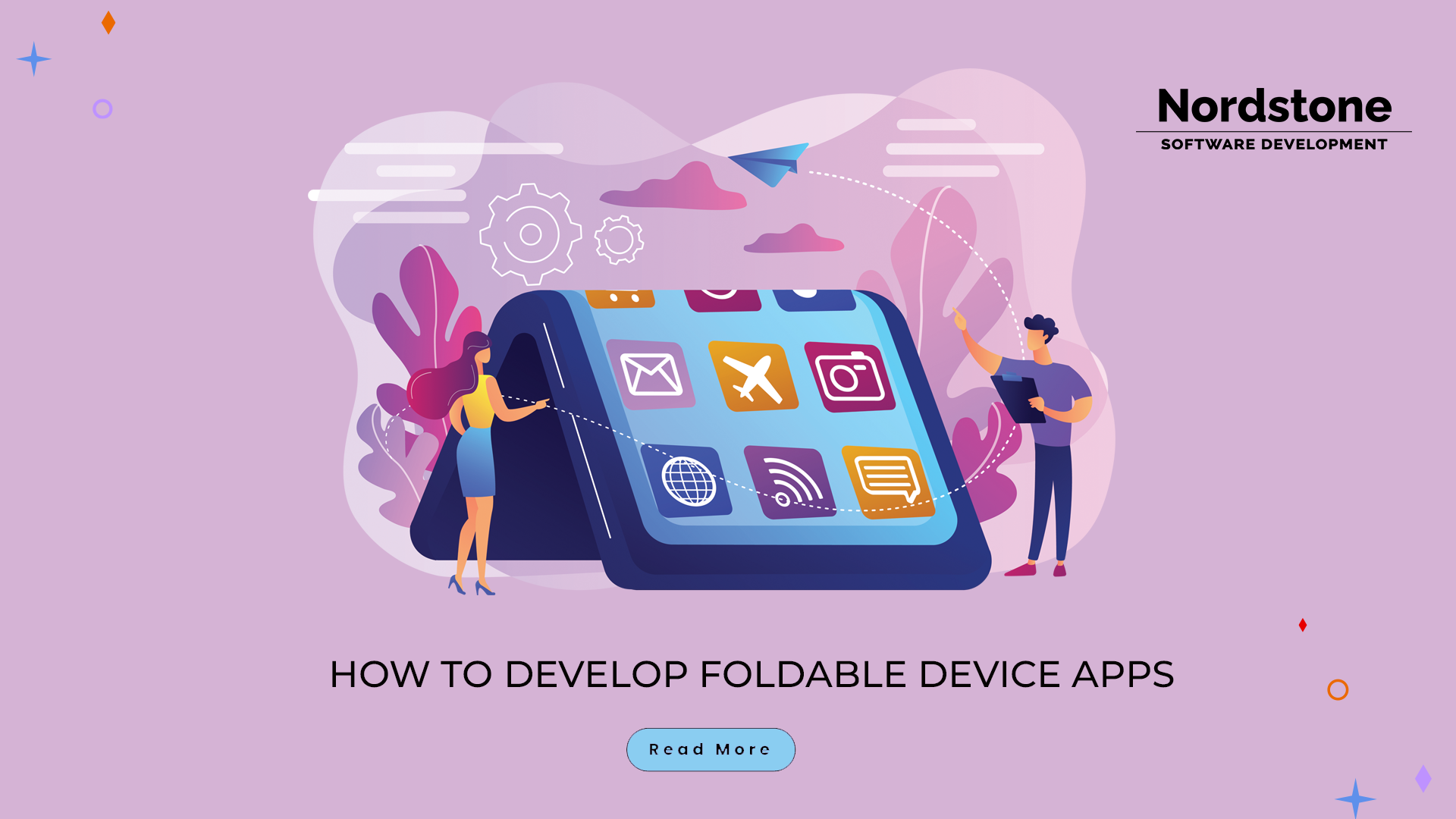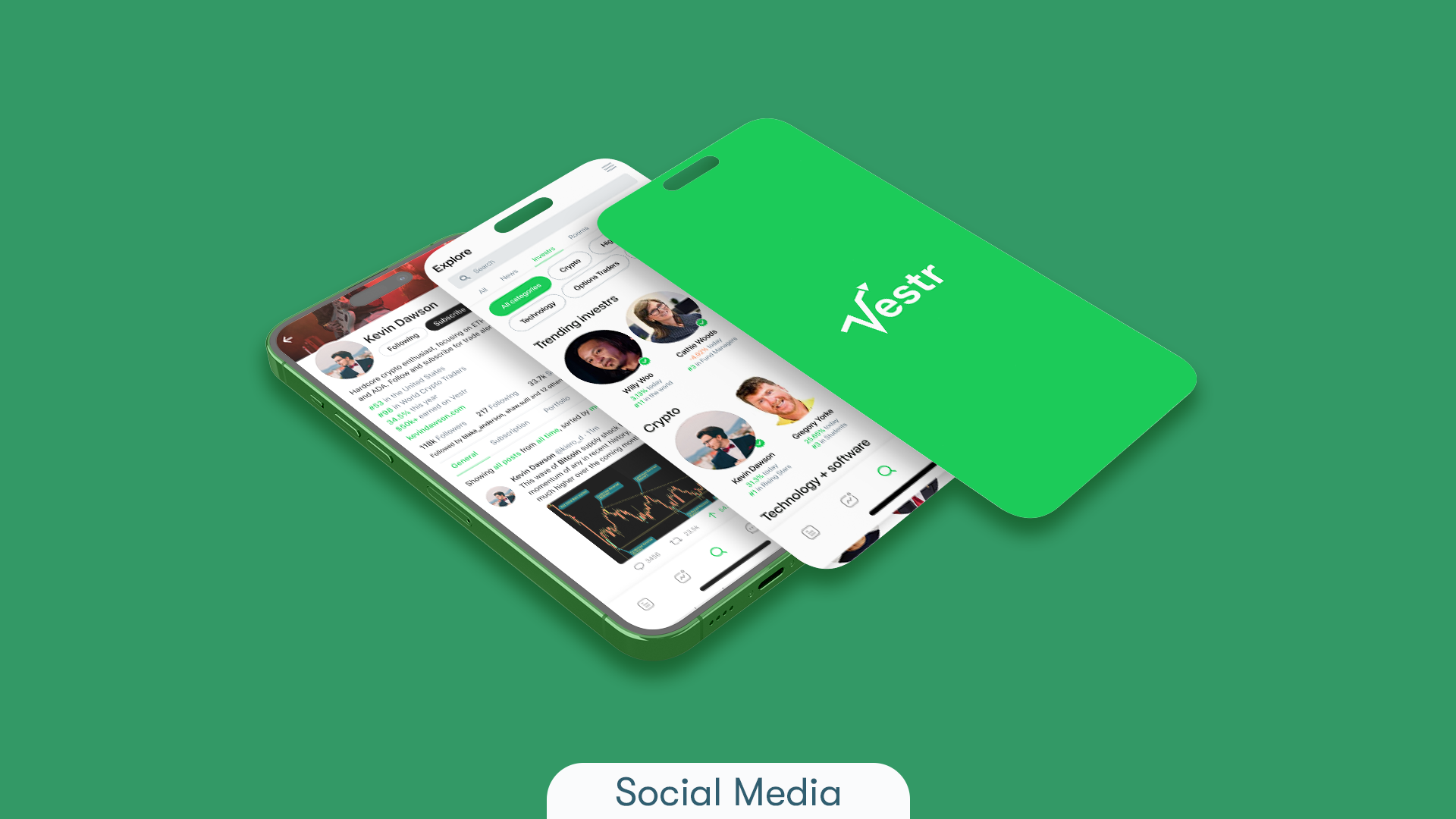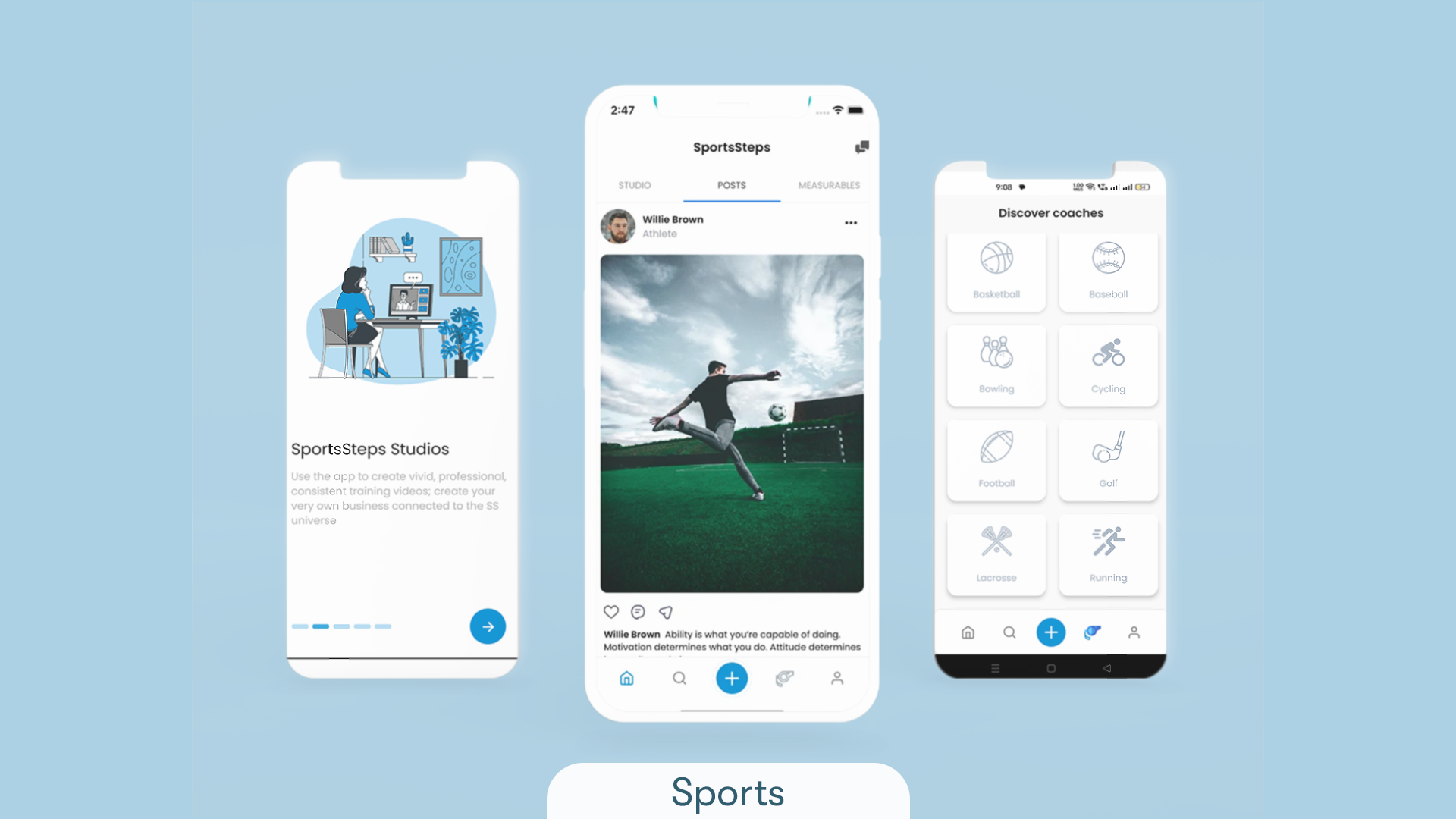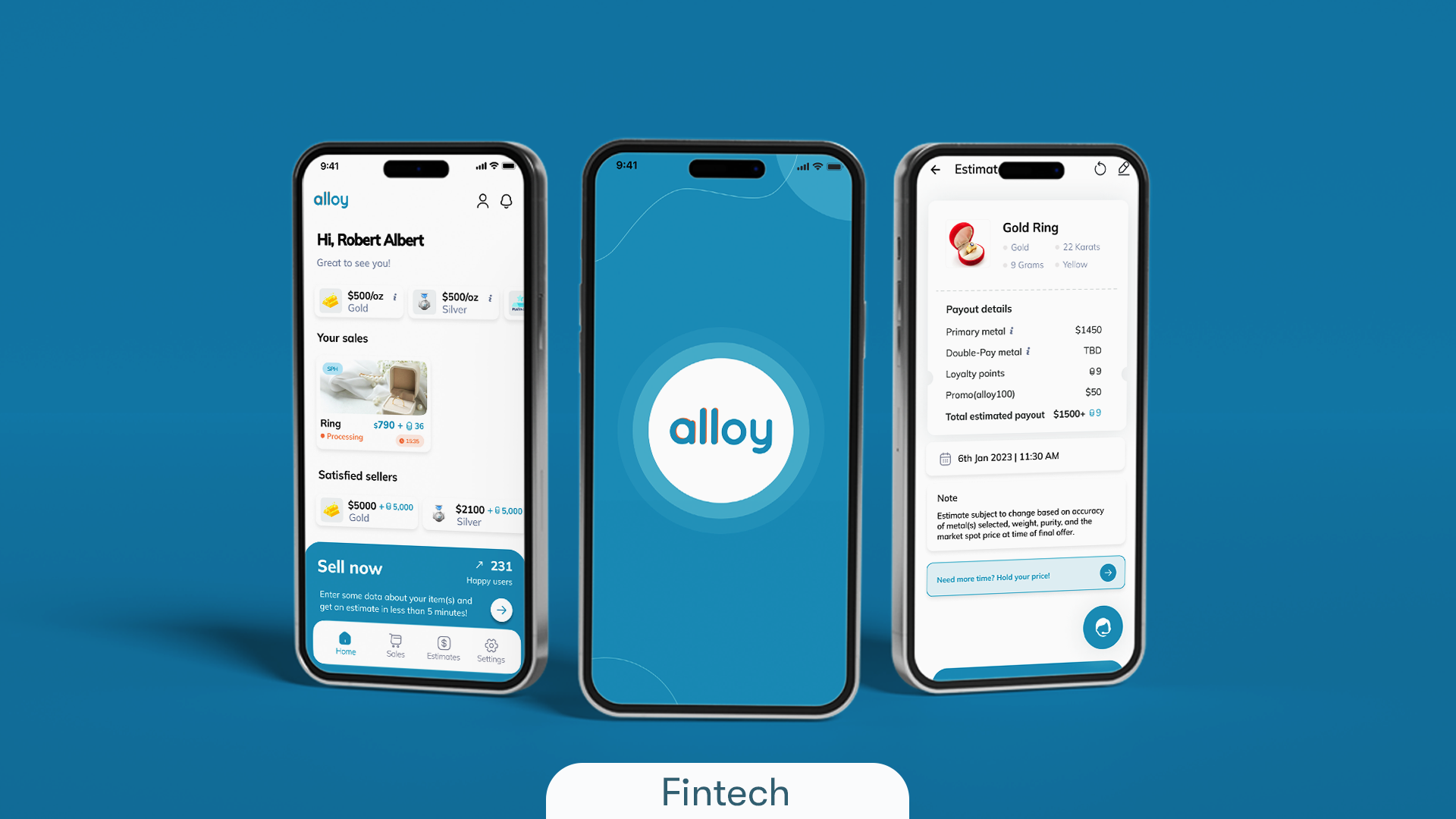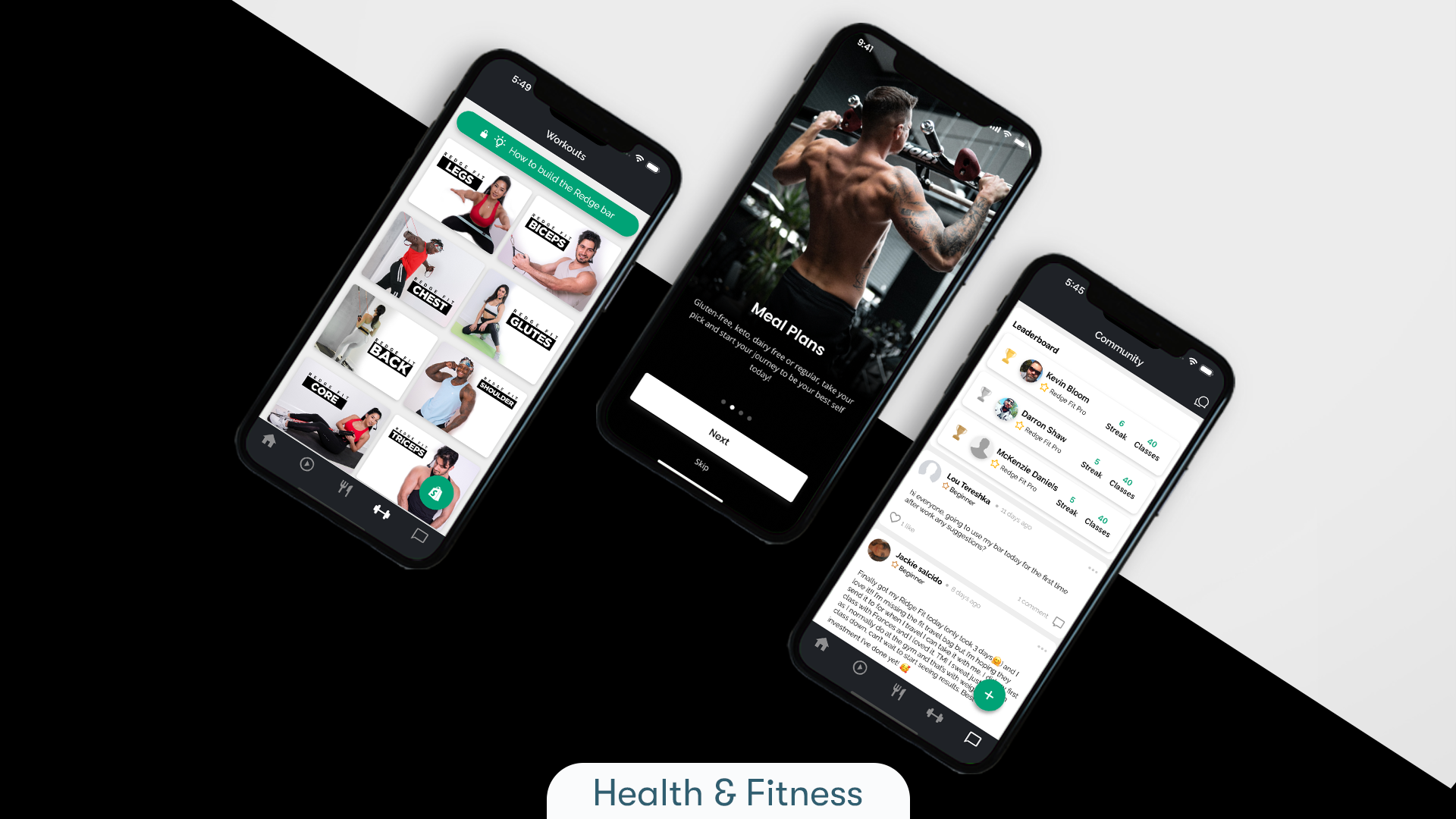June 26th, 2024 at 09:58 am
The Evolution of Mobile Phones
Imagine it’s the late 1980s, and mobile phones are bulky devices with limited capabilities, mainly used by business professionals who need to stay connected on the go. Fast forward to the early 2000s, and we see the advent of sleek, compact feature phones with basic internet access and messaging capabilities. The real revolution came with the introduction of the smartphone in the late 2000s, which transformed mobile phones into powerful, pocket-sized computers. Today, we stand at the brink of another monumental shift in mobile technology: foldable devices. These innovative gadgets combine the portability of smartphones with the expansive screens of tablets, offering a new realm of possibilities for both users and developers.
What is a Foldable Device?
Foldable devices represent the latest innovation in mobile technology, combining the portability of smartphones with the expansive screen real estate of tablets. These devices feature flexible screens that can bend and fold, allowing users to switch between compact and expanded modes. This adaptability offers a unique user experience, accommodating both one-handed use and immersive viewing.
Current Statistics and Future Projections
The foldable device market has seen significant growth in recent years. According to Statista, the global shipments of foldable smartphones reached 10 million units in 2022, a 300% increase from 2021. This number is expected to rise further, with projections estimating 100 million units by 2025. This rapid growth highlights the increasing consumer interest and demand for foldable technology.
What are Some Foldable Devices in the Industry?
Several leading tech companies have entered the foldable device market, offering a range of innovative products:
- Samsung Galaxy Z Fold 4: Samsung’s flagship foldable smartphone features a 7.6-inch main screen and a 6.2-inch cover screen, providing a seamless transition between phone and tablet modes.
- Huawei Mate Xs 2: Huawei’s foldable device boasts an 8-inch flexible display that folds outward, offering a unique take on foldable screen technology.
- Microsoft Surface Duo 2: While not a traditional foldable screen, the Surface Duo 2 features dual screens connected by a 360-degree hinge, allowing for versatile multi-screen use.
Major Differences in Developing Apps for Foldable Devices vs. Normal Mobile Apps
Developing apps for foldable devices requires consideration of several key differences compared to traditional mobile apps:
- Screen Continuity: Apps must maintain a seamless user experience as the device transitions between folded and unfolded states.
- Multi-Window Support: Foldable devices often support multiple apps running simultaneously on different parts of the screen.
- Responsive Design: Apps need to adapt to various screen sizes and aspect ratios dynamically.
- Optimised User Interface: Developers must ensure that the UI remains intuitive and functional in both compact and expanded modes.
|
Aspect |
Normal Mobile Apps |
Foldable Device Apps |
|
Screen Continuity |
Single screen state |
Seamless transition between folded and unfolded states |
|
Multi-Window Support |
Limited or no multi-window support |
Support for multiple apps running simultaneously |
|
Responsive Design |
Fixed or flexible layout for a single-screen size |
Adaptive layout for various screen sizes and aspect ratios |
|
User Interface |
Static UI for a single-screen dimension |
Optimised UI for both compact and expanded modes |
|
Performance Optimization |
Focus on a single configuration |
Efficient performance across different configurations |
How to Develop Foldable Device Apps
Things to Consider
- Flexible Layouts: Use responsive design principles to create layouts that adapt to changing screen dimensions. Utilise tools like Android’s ConstraintLayout and Jetpack Compose for dynamic UI adjustments.
- Screen Transitions: Implement smooth transitions between folded and unfolded states to ensure continuity in the user experience.
- Multi-Window Capabilities: Design your app to support multi-window operations, allowing users to interact with multiple apps simultaneously.
- Performance Optimization: Ensure that your app performs efficiently across different configurations, minimising resource usage to maintain smooth operation.
Migration of Existing Apps
Migrating an existing app to be compatible with foldable devices involves several steps:
- Assess Current UI: Evaluate the current user interface and identify areas that need modification to support foldable-screen dimensions.
- Update Layouts: Modify layout files to include responsive design elements that adjust to different screen states.
- Test on Foldable Emulators: Use foldable device emulators provided by platforms like Android Studio to test your app in various folded and unfolded scenarios.
- Implement Screen Continuity: Ensure that your app can handle screen continuity, preserving the state and context when transitioning between different modes.
Cost to Develop a Foldable Mobile App
The cost of developing a foldable mobile app can vary significantly based on several factors:
- Complexity of the App: More complex apps with advanced features will require more development time and resources.
- Design Requirements: Creating a responsive and intuitive design for multiple screen states can increase development costs.
- Testing and Optimization: Extensive testing on different foldable devices and optimising performance adds to the overall cost.
On average, developing a foldable mobile app can range from £30,000 to £150,000. For a more precise estimate, it is recommended to consult with a professional mobile app development company.
Developing apps for foldable devices offers valuable insights into the importance of adaptability, innovation, and user-centric design in mobile app development. The unique capabilities and requirements of foldable devices challenge developers to think beyond traditional app design, focusing on creating seamless, responsive, and multi-functional user experiences.
At Nordstone, a leading Mobile App Development Company in London, we specialise in crafting innovative and user-centric mobile apps, including those for foldable devices. Our team is dedicated to staying ahead of industry trends and delivering cutting-edge solutions that meet the evolving needs of users. Contact us to learn how we can help you develop a foldable device app that stands out in today’s competitive market.

